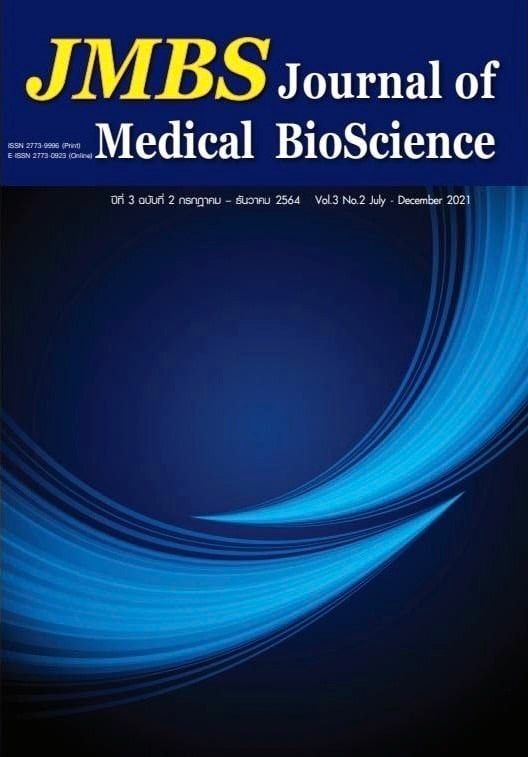Elizabethkingia anophelis: a real threat of serious infection from Elizabethkingia
Keywords:
Elizabethkingia, E. anophelisAbstract
Elizabethkingia anophelis was first discovered in midgut adult mosquitoes and become the most common species cause of serious infection in humans over the past decade after the reclassification of genus Elizabethkingia. This can cause a sepsis in adults and children and neonatal meningitis. Moreover, E. anophelis has been caused of three large-scale outbreaks, including first outbreak occurred in Singapore and two more places founded in Midwest of United States. The identification of E. anophelis by biochemical is challenging to be successful in species level. Several studies demonstrated that E. anophelis has usually been misidentified as E. meningoceptica. In addition, there are few studies of antimicrobial susceptibility test of E. anophelis. Nowadays, the new modern technology led to high accuracy identification of E. anophelis. Thus, a real incident of infection caused by E. anophelis has been revealed. This study highlights the epidemiology, transmission, and pathogenicity of E. anophelis that should be known and understood for monitoring and preventing of serious infection and outbreaks.





